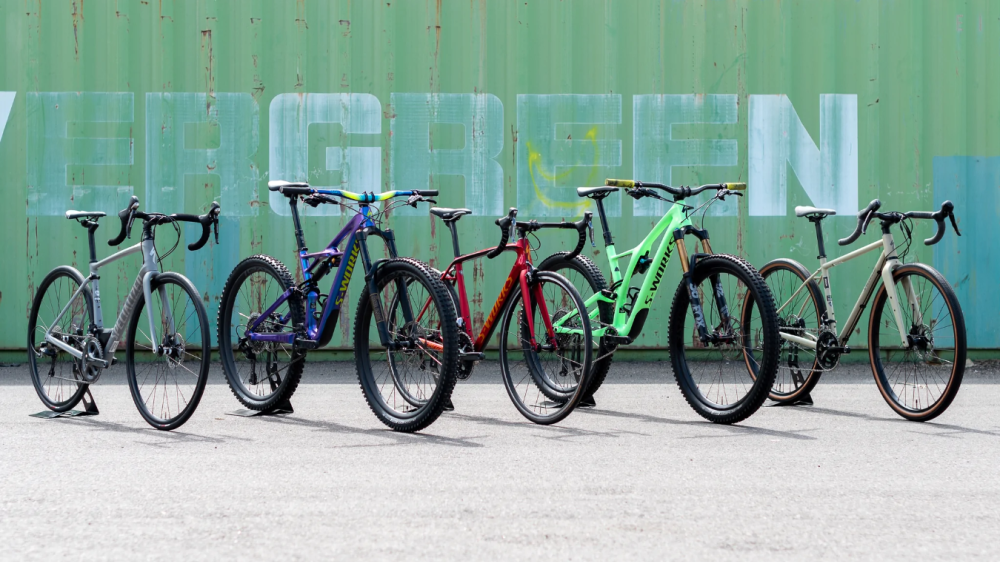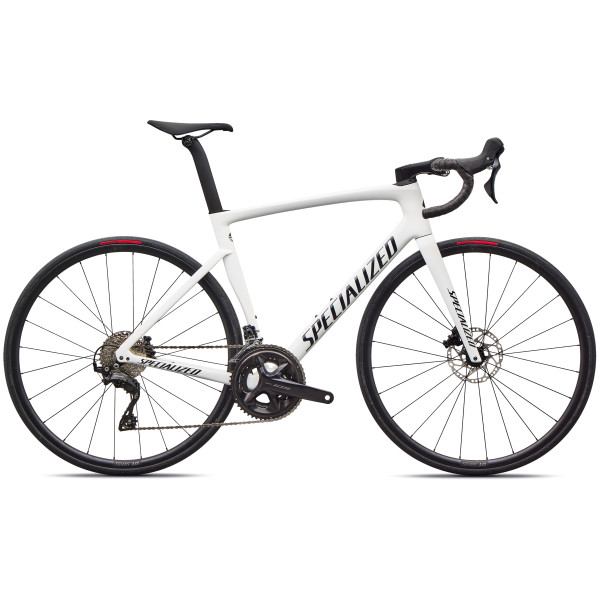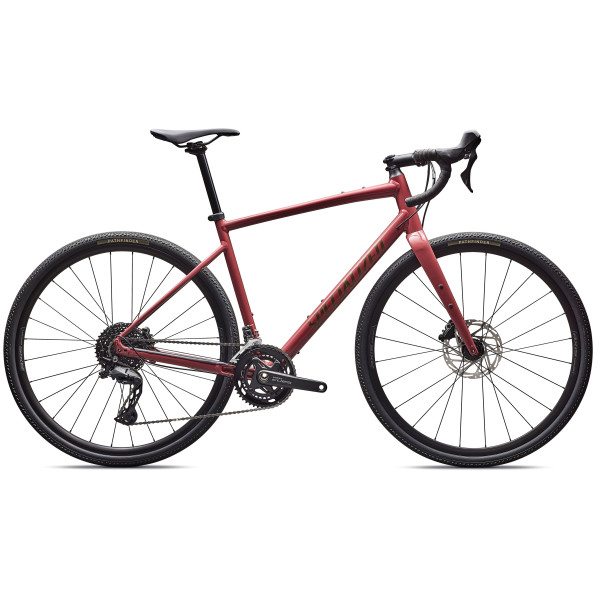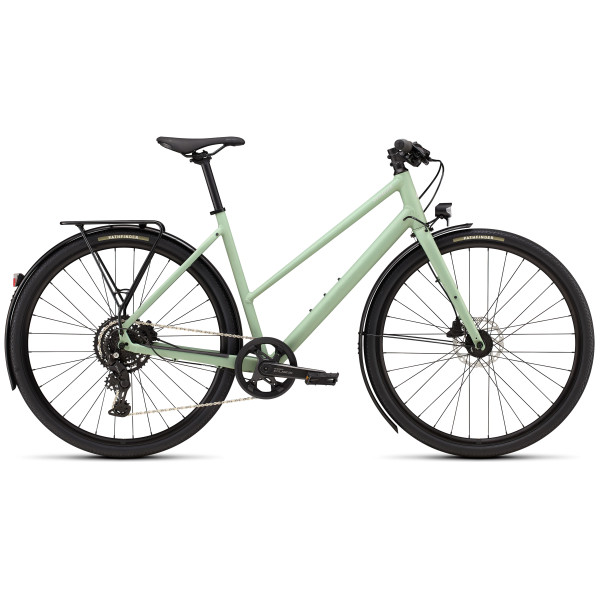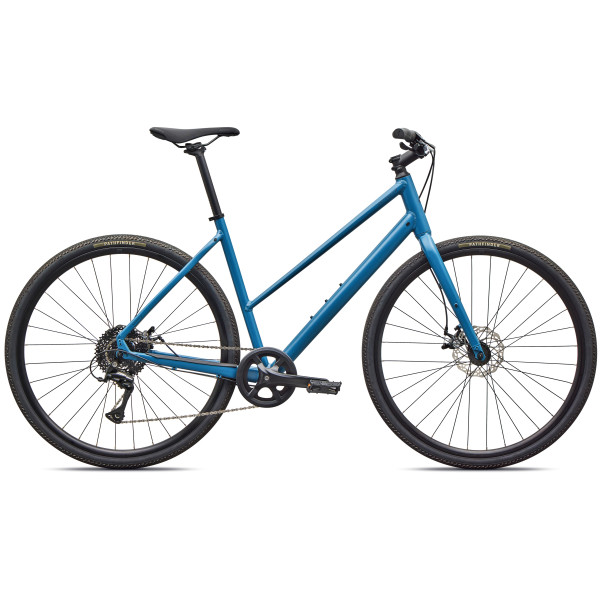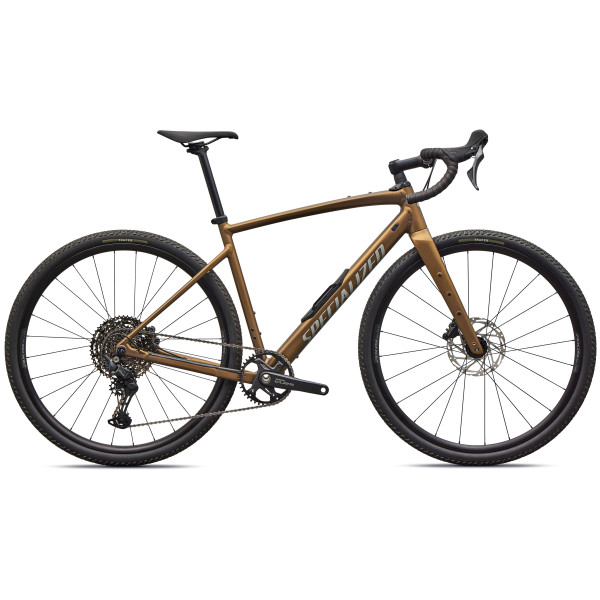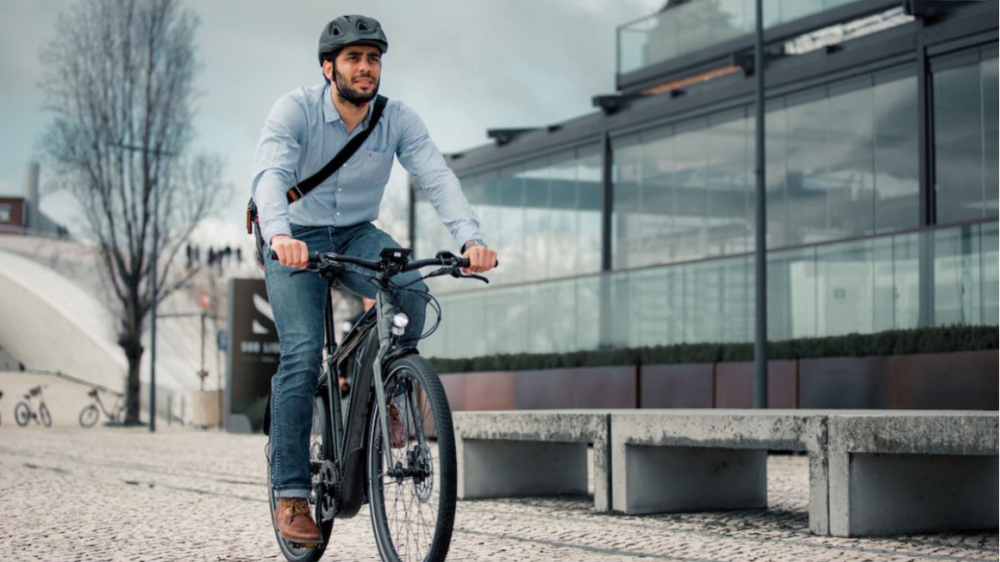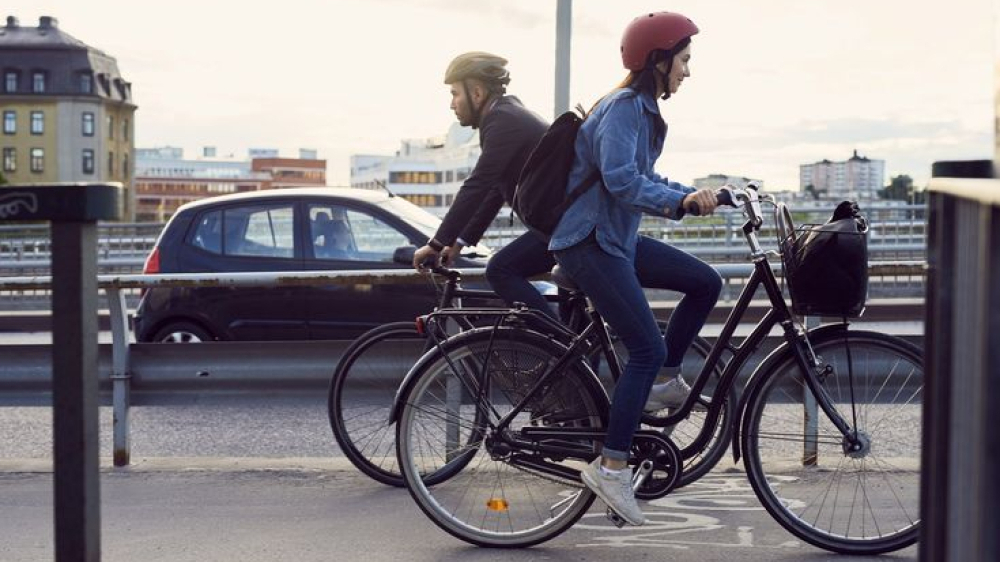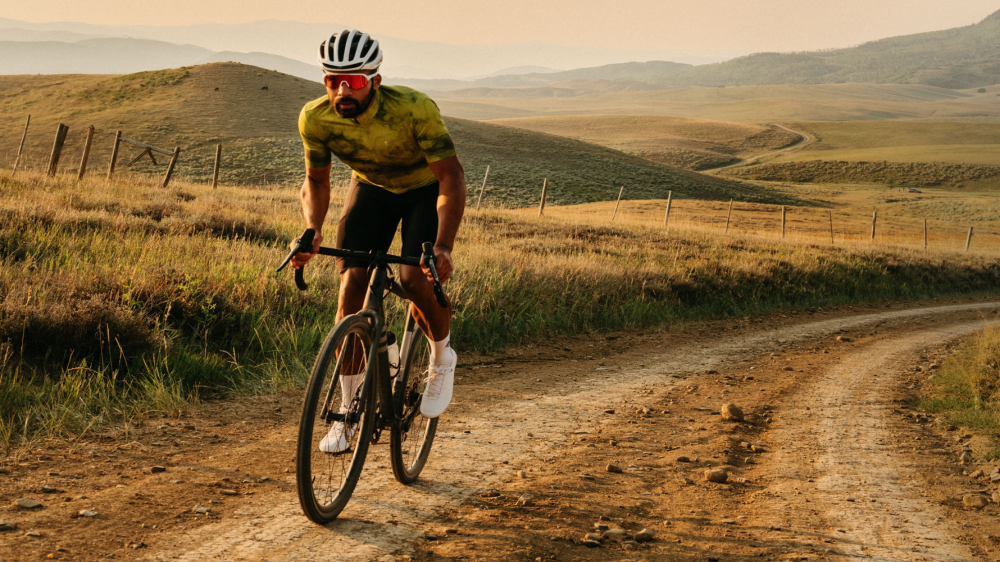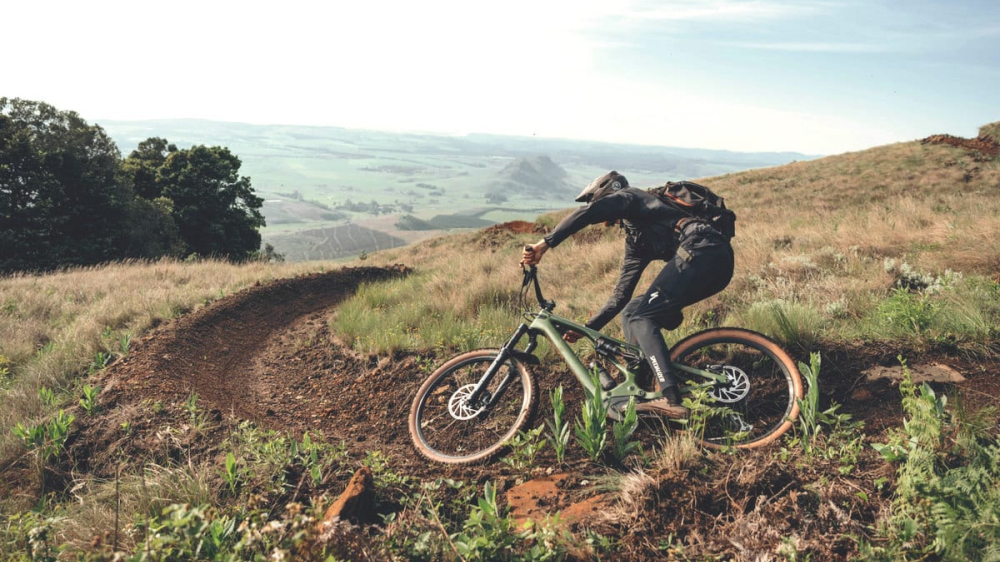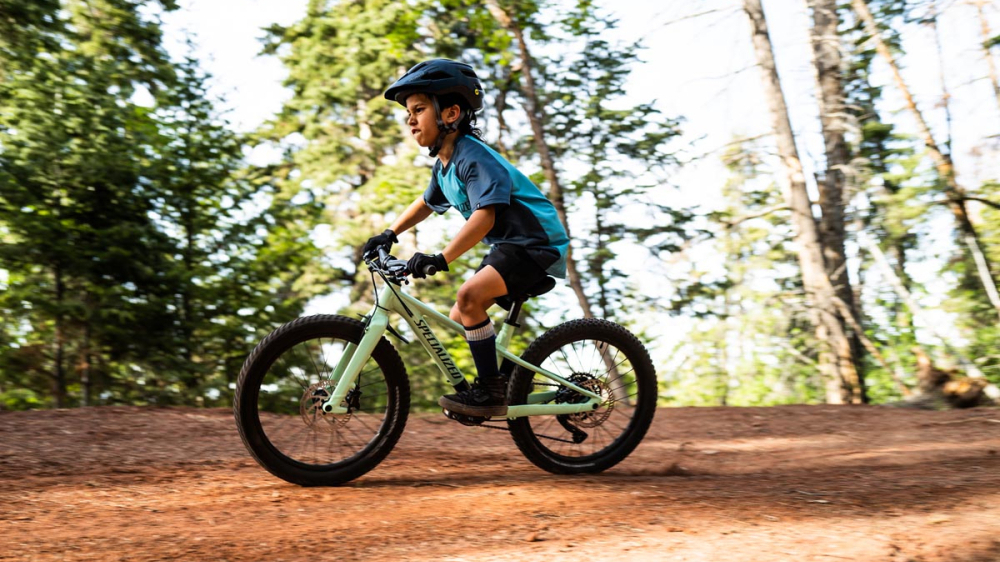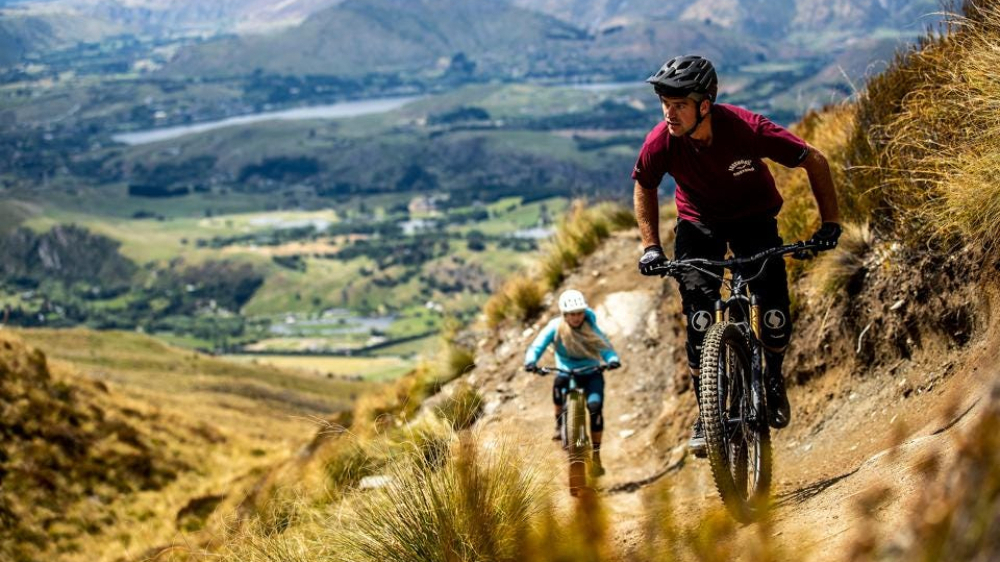Updated 2024-02-19
Bicycles are categorized based on their intended use – some are designed for sports and smooth racing tracks, some for city commuting and short distances, others for off-road and gravel, and still others for challenging mountain trails. It seems simple to choose, but the reality is that few people ride exclusively on one type of surface, such as smooth pavement. City streets, suburban roads, rural gravel paths, or less-traveled forest trails – each person's routes often consist of two or more different types of surfaces. Additionally, preferences vary: some prioritize speed, others comfort; some prefer easy riding, while others seek stability and aggressiveness.
How to choose the right bike? Categories are useful guidelines, but you can make an informed choice only when you understand how and why bicycles are categorized and what the fundamental differences between them are.
Mountain Bikes – Maneuverable, High-Traction, with Good Suspension
There are no mountains in Lithuania, yet mountain bikes are among the most popular. Why? Mountain bikes simply embody a certain set of features needed for riding on challenging trails – these bikes have wide tires with deep treads that provide good traction and stability, feature good suspension, can easily handle descents and jumps, and navigate uphills, downhills, and complex turns. This bike is not designed for fast and easy riding on smooth surfaces.
Mountain bikes are divided into two types:
- Full suspension - these bikes have suspension both in the front and rear, making them suitable for rocky and uneven trails.
- Hardtail - these "hard tail" bikes have suspension only in the front, making them better for smoother trails and easier to achieve speed.
The term "mountain bike" is relative; these bikes are much more versatile and suitable for more than just mountains. They are chosen by cyclists who ride through fields, mud, gravel, sand, or dirt, uneven forest paths, and other places where high traction and maneuverability are needed. Mountain bikes are also ridden in cities – by people who commute to work by bike and choose challenging nature routes in their free time.
Road Bikes
These bikes are designed for smooth surfaces, ideally asphalt, and for riding at high speeds. If mountain bikes are designed to overcome obstacles and road irregularities, tackle dangerous turns, maintain stability, and grip the surface firmly, then road bikes are designed to achieve high speeds and glide easily on smooth roads. These bikes have narrow tires and a design that minimizes aerodynamic resistance. Road bikes roll easily and are comfortable for covering long distances on smooth country roads and in the city.
Gravel Bikes
Gravel bikes are an excellent choice for long trips, providing comfort and stability on various surfaces. These bikes feature a longer wheelbase for better stability on uneven terrain.
Gravel bikes are designed for long distances, so they have space for various accessories: bags, water bottles, additional equipment. One of the main advantages of these bikes is the ability to use wider tires, ensuring better traction and comfort when riding on gravel or off-road. Gravel bikes have become popular not only as a choice for long trips but also as versatile city bikes suitable for various conditions.
Hybrid Bikes
Hybrid bikes are not specialized; they are not tailored for any specific surface and are suitable for a wide variety of trails and conditions. Unlike other bikes designed for off-road, challenging natural trails, or smooth paved roads, these bikes are comfortable and simple, suitable for all types of roads.
They are particularly popular among beginners and newcomers buying their first bike, as well as people who need a bike for various errands – sometimes in the city, sometimes in nature, sometimes to the neighbor's house in the village.
Triathlon Bikes
Triathlon bikes are designed for professional athletes and amateur triathlon enthusiasts. These bikes are tailored for riding on smooth, well-maintained surfaces, are sensitive to any irregularities, easily achieve and maintain speed, and have good aerodynamic properties.
Triathlon bikes are similar to time trial bikes, with the main difference being that the saddle can be adjusted at various angles, with no specific regulations compared to Time Trial bikes. You can equip triathlon bikes with bike accessories, water bottles, baskets, gels, etc.
Electric Bikes
Electric bikes are a separate category of bicycles. Essentially, they can be any type of bike – mountain, road, gravel – but with an additional electric motor. People often ask what the main difference between an electric bike and a scooter is. The difference is that the main power source for a scooter is the motor, while for a bike, it is the pedaling of the cyclist. The motor in an electric bike is just an additional help for climbing hills and increasing speed to avoid obstacles, but the main condition is that the pedals must always be turned. If you stop pedaling, the motor simply stops working.
It is said that electric bikes are very democratic – now, many people who previously hesitated to use a bike have started using them. For example, those who could theoretically ride to work but do not want to arrive exhausted, as well as those who previously hesitated to ride a bike due to poor physical fitness, age, or health condition. How to choose the right electric bike for you, read here.
Kids' Bikes
Kids' bikes are specifically designed according to children's age, height, and riding skills. The sizes of the bikes vary, starting from 12-inch wheels (suitable for the smallest children) to 24-inch wheels (suitable for older children).
Safety and comfort are the most important aspects of kids' bikes. Many models come with safety features such as handlebar guards, soft frame covers, and child-friendly brakes. For beginners, bikes with training wheels are often recommended to help them learn to balance.
As children become more experienced, they can move on to larger bikes that may have more gears and advanced systems such as suspension. It is important that the bike is not too heavy, as this can make it difficult for the child to control and ride.
Kids' bikes are also often bright and colorful, with favorite characters or themes to make riding more fun. They are designed with the needs and abilities of different age groups of children in mind.
BMX Bikes
BMX bikes are designed for extreme riding, particularly maneuverable and durable. They are significantly smaller than standard bikes, with a shorter frame construction and smaller wheels, providing the highest maneuverability and allowing for various tricks or riding in extreme parks and tracks. BMX bikes are very popular among youth due to their flexibility and ability to adapt to various acrobatic elements. They are also lightweight, which is necessary for performing air tricks and other complex maneuvering techniques.
These bikes are most commonly used in freestyle BMX, BMX racing, as well as street or park riding. The construction of BMX bikes is extremely durable to withstand the high loads and impacts typical of extreme riding.

